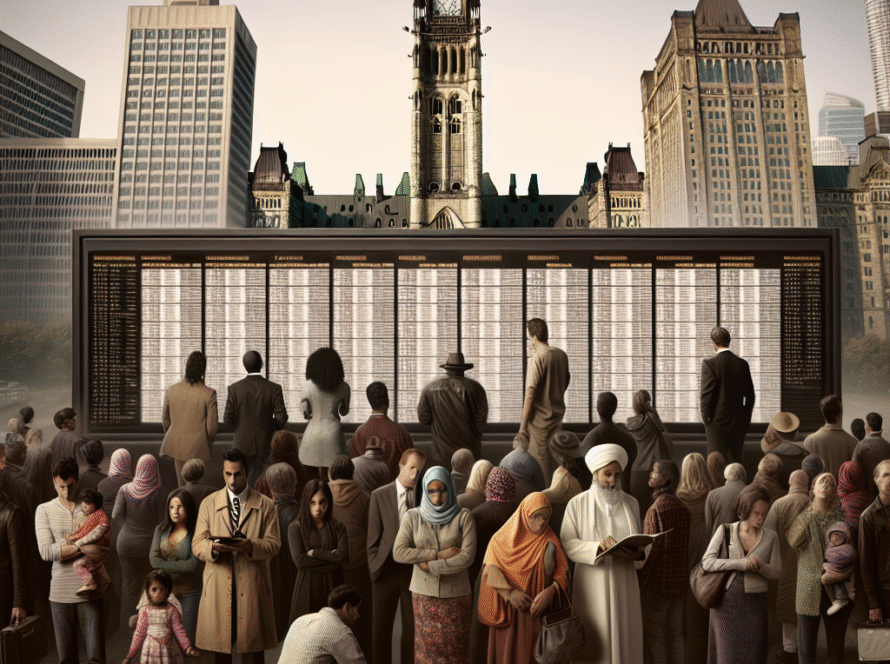Should Canada Launch a New Royal Commission for Structural Issues?

Revisiting Royal Commissions: A Path to Sustainable Policy in Canada
Canada’s governmental landscape has historically utilized royal commissions as a means to tackle pressing policy issues. One such landmark was the Royal Commission on Aboriginal Peoples (1991-1996), which, despite its extensive recommendations, saw many of its proposals left unaddressed. This raises a crucial question: why have modern governments opted to shy away from employing this once-valued tool?
The Decline of Royal Commissions
The reluctance to initiate royal commissions stems from several interrelated factors:
-
Financial Constraints: The cost of conducting a comprehensive national inquiry is substantial. In an era where fiscal responsibility is prioritized, convincing stakeholders to fund lengthy studies with uncertain outcomes is increasingly challenging.
-
Political Sensitivity: Royal commissions operate independently, often resulting in findings that may not align with government agendas. This unpredictability makes politicians wary of initiating such inquiries, as they could uncover inconvenient truths.
- Preference for Quick Solutions: In today’s fast-paced political environment, there is a trend towards seeking immediate fixes instead of addressing the underlying issues. For instance, long-standing interprovincial trade barriers have been addressed multiple times but remain unresolved as officials assert that solutions can be found swiftly.
The Case for Reviving Royal Commissions
Despite the challenges, the call for a new royal commission is gaining traction. Immediate policy responses are essential, but the interconnected nature of many structural challenges in Canada—ranging from economic disparities to social injustices—demands a comprehensive and strategic approach.
A well-structured royal commission could provide a roadmap for long-term solutions, ensuring that policies extend beyond electoral cycles. It would not just delay action but facilitate a thorough examination of systemic issues, enabling the government to devise strategies that are sustainable and effective.
Towards a Modernized Approach
The potential for royal commissions to adapt to contemporary needs is significant. By leveraging modern technology and engaging a diverse array of voices, future commissions could enhance their relevance and effectiveness. A clear timeline for actionable results could also address concerns regarding stagnation.
True leadership in Canada requires acknowledging that no single entity possesses all the answers. Embracing a collaborative, society-wide approach to complex challenges could foster meaningful reforms. A revived royal commission model, tailored for 21st-century demands, could serve as a vital instrument in shaping Canada’s policy landscape.
Conclusion
As Canada navigates a multitude of socio-economic challenges, the question remains: is it time to breathe new life into the royal commission model? With thoughtful modernization, this tool could provide the framework needed to foster lasting stability and growth, ensuring that the nation is equipped to tackle its most pressing issues for generations to come.



